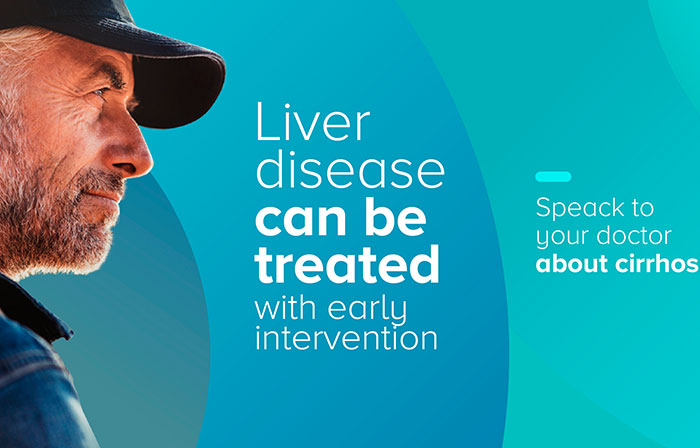Do you suspect t
Many people have heard of cirrhosis but don’t know the specifics about the condition. Simply put, cirrhosis is a late-stage scarring (called fibrosis) of the liver that usually occurs as a result of contracting a liver disease. It affects about one in 400 adults in the U.S. In most cases it’s impossible to fix the damage that has already affected your liver, but if caught early enough, there are a number of treatments that can reduce the negative effects of cirrhosis and improve your quality of life. To treat cirrhosis, however, you first have to understand it. Below we’ll take a detailed look at a number of different aspects of the condition you might not know about.
You can have it and not know it
One of the most concerning aspects of cirrhosis is that it is very difficult to detect; it’s possible to have cirrhosis of the liver and not know about it. In fact, many people who have cirrhosis show no symptoms and feel quite healthy. One of the telltale signs of the onset of cirrhosis is fatigue, but since this is such a general symptom associated with many different ailments, it can be difficult to accurately attribute the fatigue to cirrhosis. While other symptoms such as the yellowing of the skin and eyes, leg swelling and fluid buildup in the belly are direct markers of cirrhosis, these only set in once liver dysfunction or failure occurs. It’s for this reason that regular check ups should be done ahead of time if you suspect something might be wrong.
It is always caused by an existing liver disease
Cirrhosis of the liver doesn’t occur in a vacuum, and is always a result of another liver problem or disease. Treatment for cirrhosis means treatment for the initial, underlying disease. If you don’t treat the cause, the cirrhosis will get worse over time, and your healthy liver cells won’t be able to continue to perform all of the functions required of them.
The three common causes of cirrhosis include:
- Alcohol abuse.
- Nonalcoholic fatty liver disease. This is an umbrella term for liver disease occurring in people who drink little to no alcohol. While doctors aren’t entirely sure why some people accumulate fat in the liver and others don’t, obesity and hyperglycemia raises your chance of contracting this condition. If your cirrhosis is caused by this disease, it’s possible to improve your liver health by losing weight and keeping your blood sugar levels at normal levels.
- Hepatitis B or hepatitis C. Combined, chronic hepatitis B and C account for around 80% of the world’s liver cancer cases.
New technologies mean it can be detected ahead of time
There are a number of fairly new technologies that can help detect and treat some symptoms of cirrhosis. Liver elastography is the most prominent tool in this regard. A type of imaging test, liver elastography allows doctors to detect the early existence of liver fibrosis and cirrhosis. There are two different types of liver elastography – Ultrasound elastography, or Fibroscan, and MRE (magnetic resonance elastography). The first procedure only takes around five minutes, whereas the second takes between 30 minutes to an hour, but both are extremely safe and pain-free.
You can prevent cirrhosis with lifestyle changes
In many cases liver fibrosis and cirrhosis can be prevented by adopting and following a healthy lifestyle. In terms of diet, this means eliminating processed, fast and nutrient poor meals, and replacing them with whole, nutritious foods. It also means exercising regularly, abstaining from smoking, and drinking alcohol in moderation. It’s never too late to commit to a healthy lifestyle, and changing one or all of these things will have a positive effect on the health of your liver.
Would you like to get your liver assessed and commit to a healthier lifestyle? Contact us now to book an appointment.


